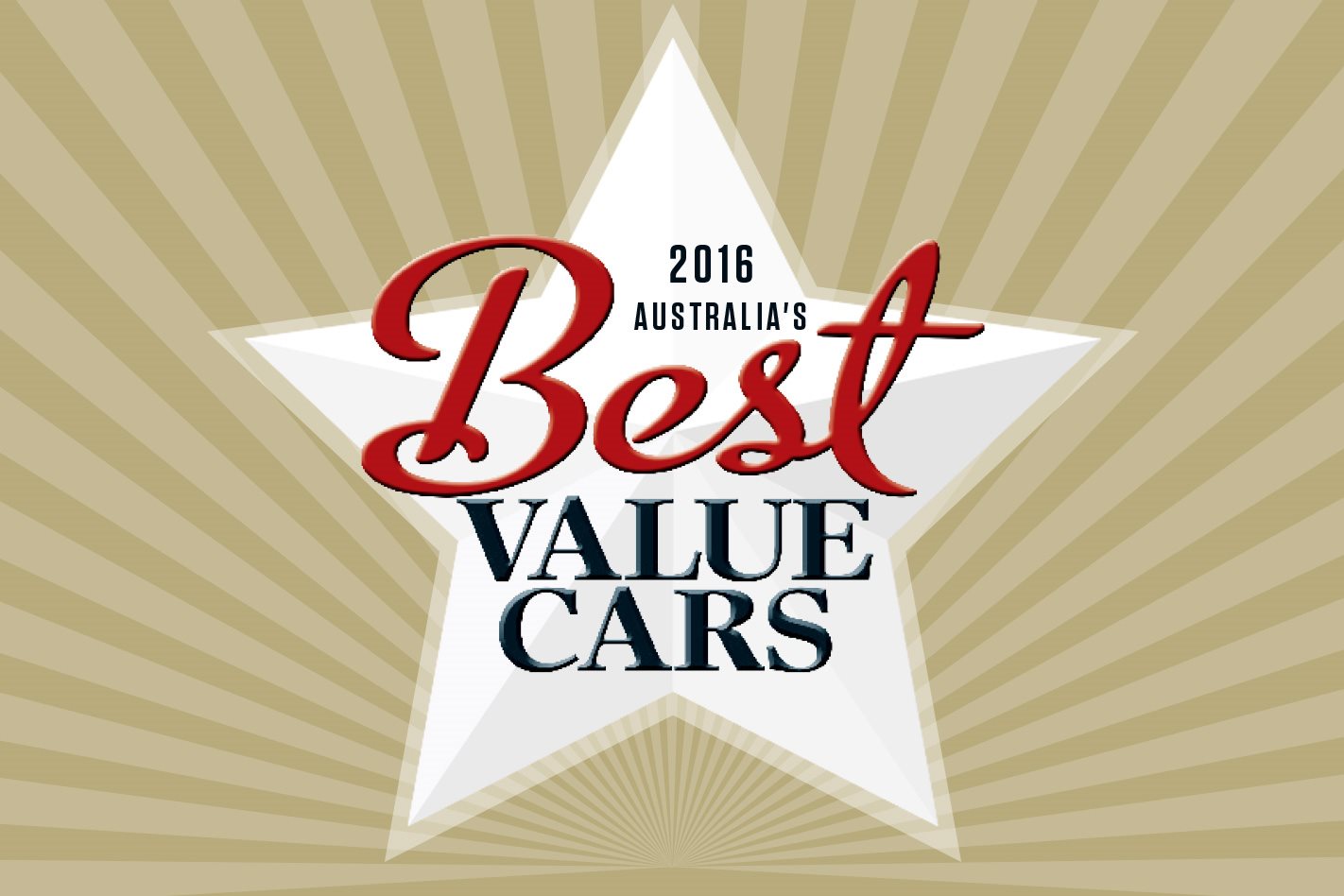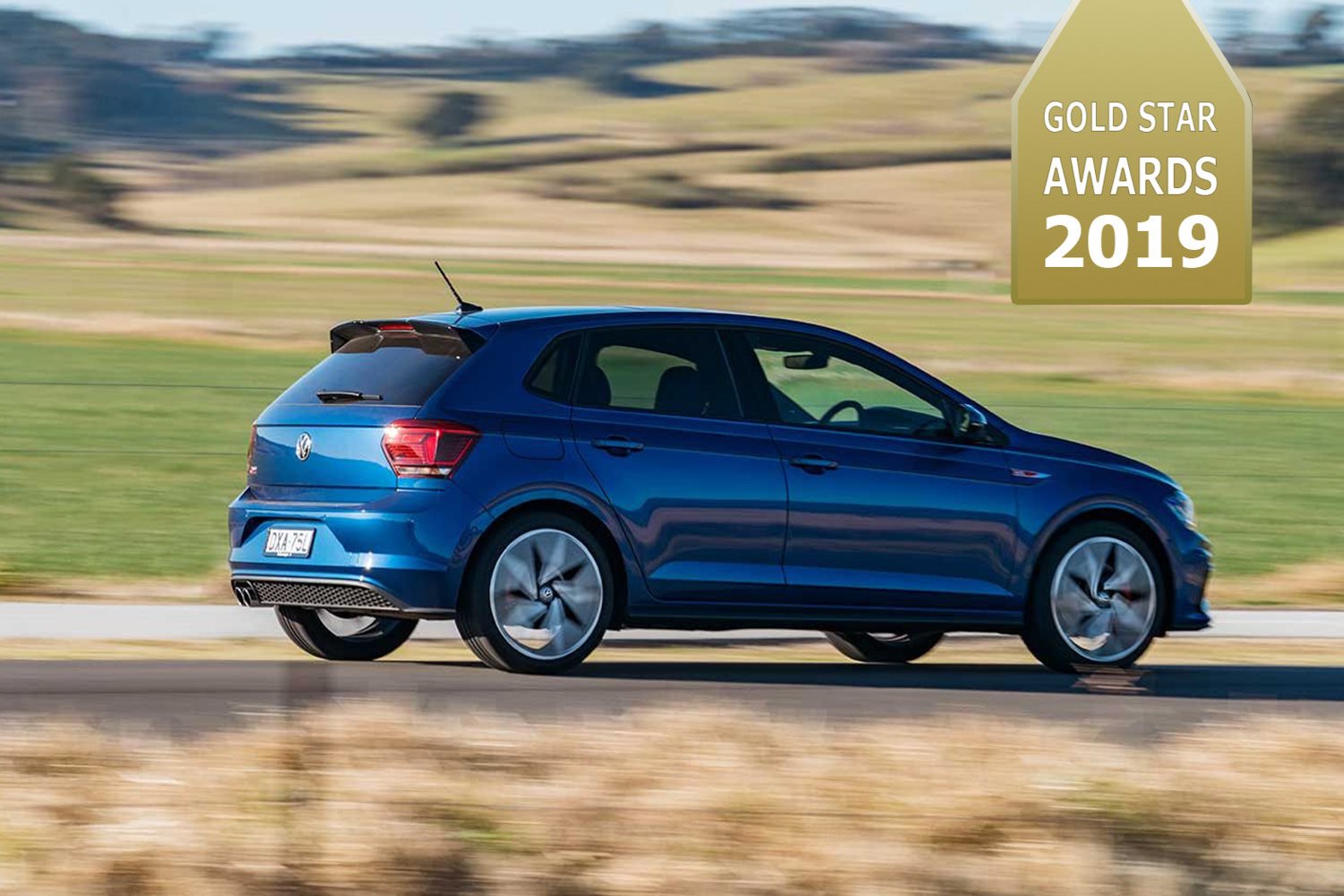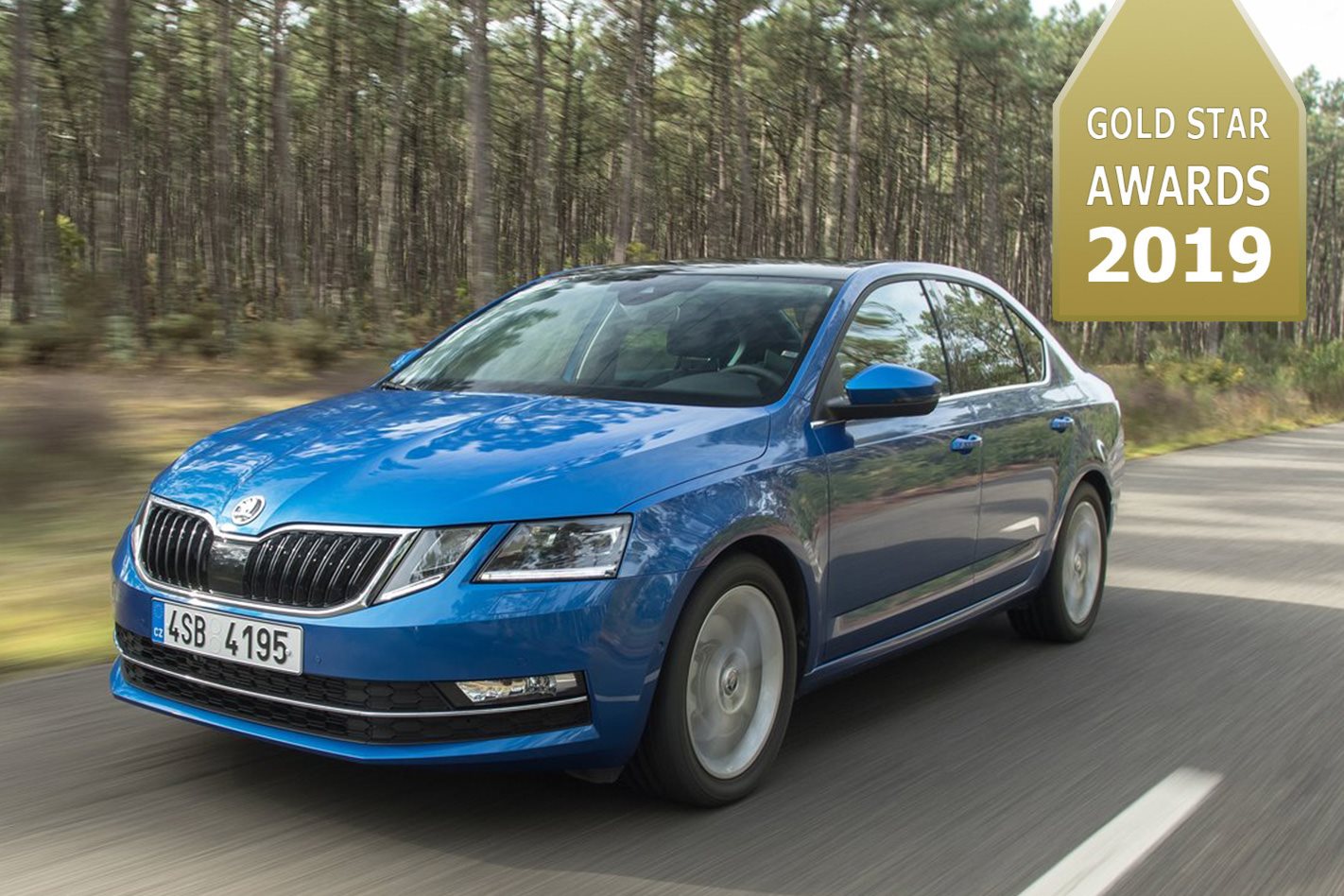Take the hassle out of choosing the best bang for your motoring buck with our definitive guide to Australia’s best value-for-money cars in Australia.
THE notion that some cars are duds while those at the other extreme represent driving bliss is at the core of any comparison – just as the idea that some cars are money-pits while others are inherently easier on the wallet is central to Wheels’ annual Gold Star Value Awards.
Considering that a car is the second-most expensive purchase most people make, and the most complex product almost anyone buys, it’s important to have the right advice on both fronts. When fine dynamics and fiscal shine coincide in a decent-driving, value-packed product, you have a Gold Star car.
The dominant cost of car ownership is depreciation – the chunk of the initial outlay that vanishes over the first few years, much of it (as popular perception suggests) the moment you drive out of the showroom.
Of the 63 cars that made the podium in 2016, the healthiest three-year retained value figure belongs to the Audi RS3, which held 67 percent of it’s value, while the worst went to the Ford Falcon Ecoboost (34 percent). For the Falcon, that means $24,000 gone in three years, and it only costs $36,400. Yet our analysis says the Ford is the second-most cost-effective car in its class – yes, large cars are a depreciation disaster.
Depreciation makes up as much as three-quarters of the cost of owning a car from new; then there are running costs including fuel and insurance. Annual premiums, obtained online from AAMI, range from just over $500 (for the average light or sub-light hatch) to a bit less than $2000 for a typical large luxury sedan. Fuel costs run from less than $700 annually (the turbo-diesel Volvo S60) to more than $1800 – a Falcon sedan again, this time the petrol six-cylinder G6E Turbo.
More than 2000 cars were evaluated for the 2016 Wheels Gold Star Value Awards. Read on as we uncover the stellar buys in each of 21 categories.
THE CATEGORIES
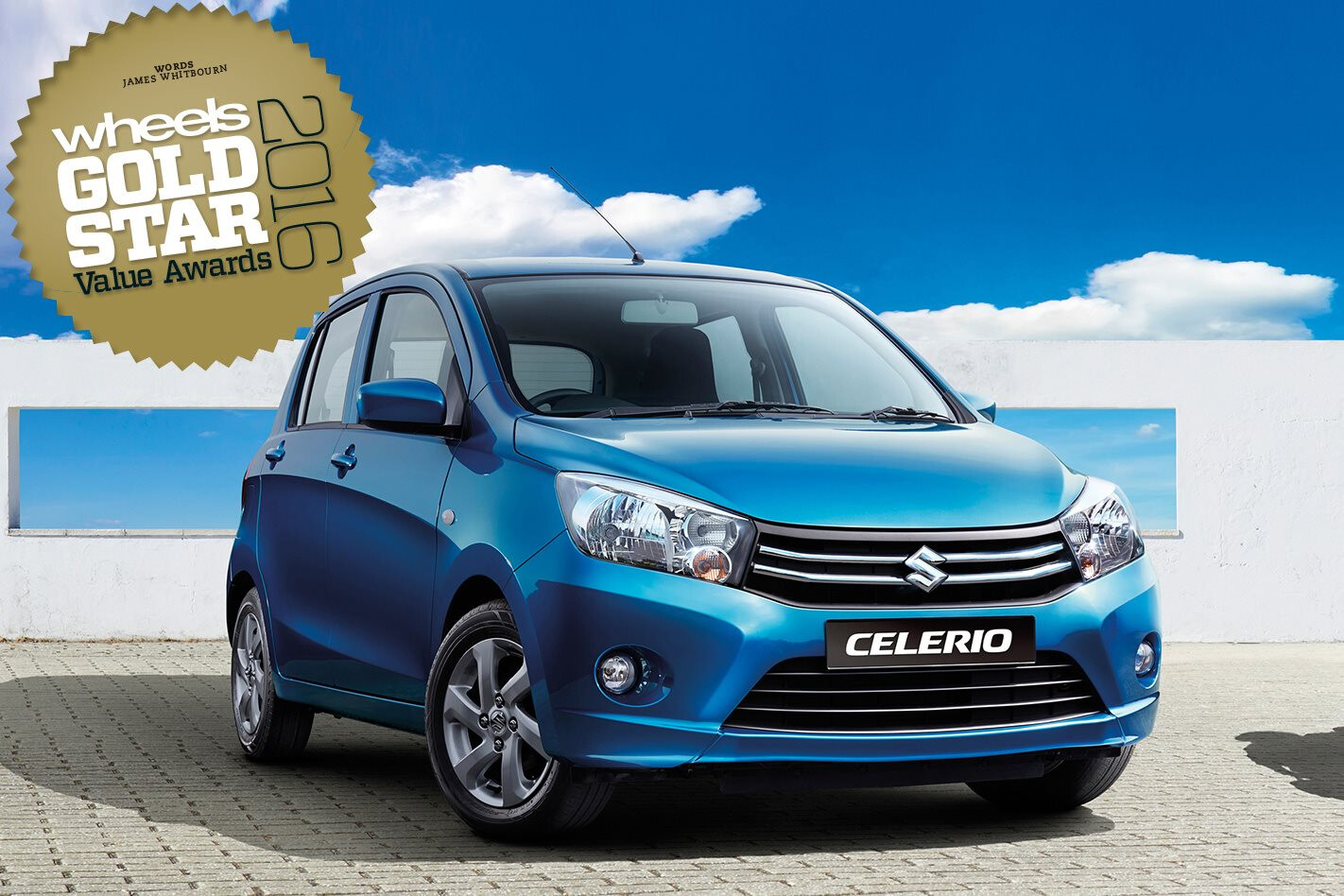 CITY CARS
CITY CARS
Just because they’re small and cheap to run doesn’t mean all city cars offer great value.
View the results
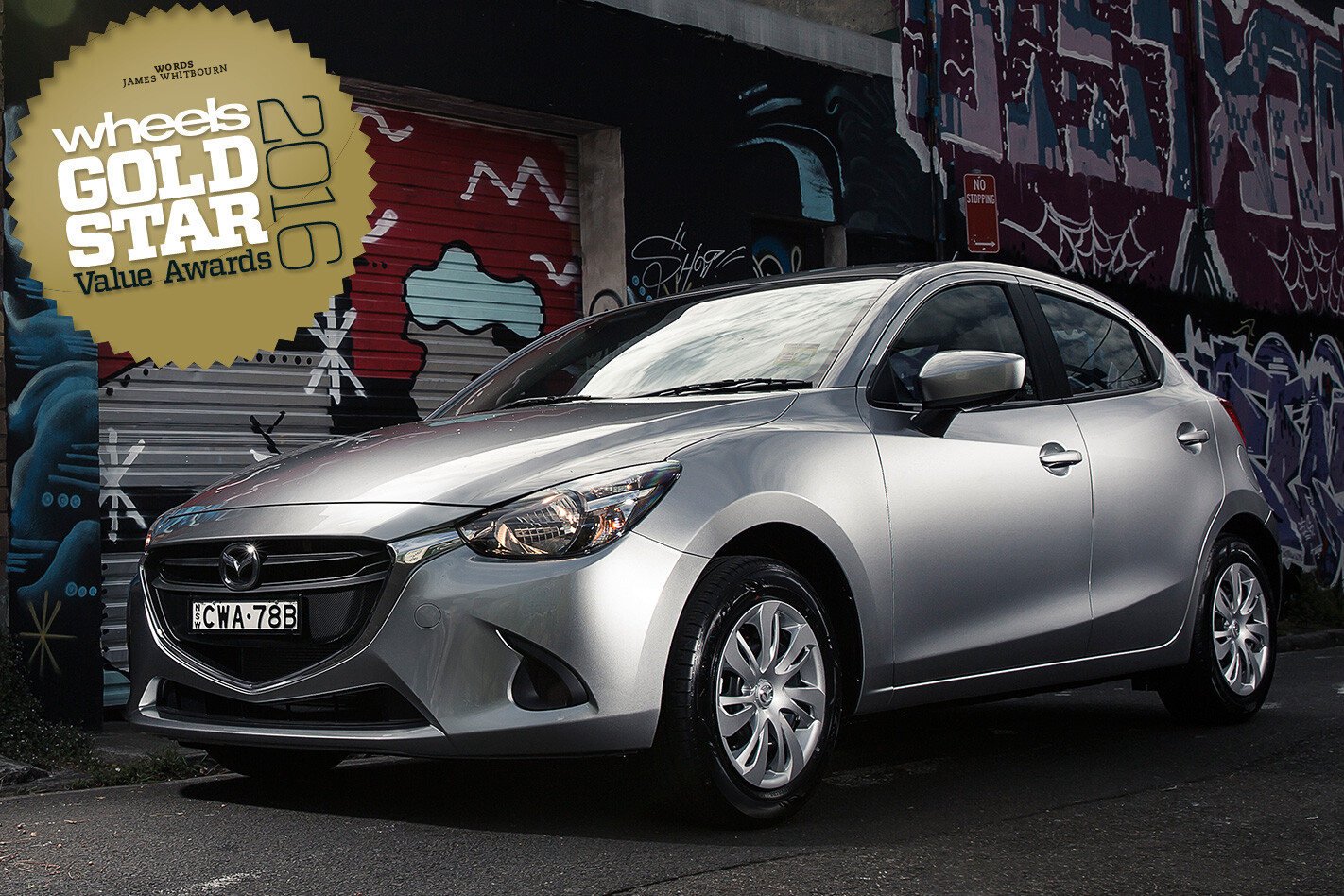 LIGHT under $17K
LIGHT under $17K
You want a light car to be light on the pocket, as these three are.
View the results
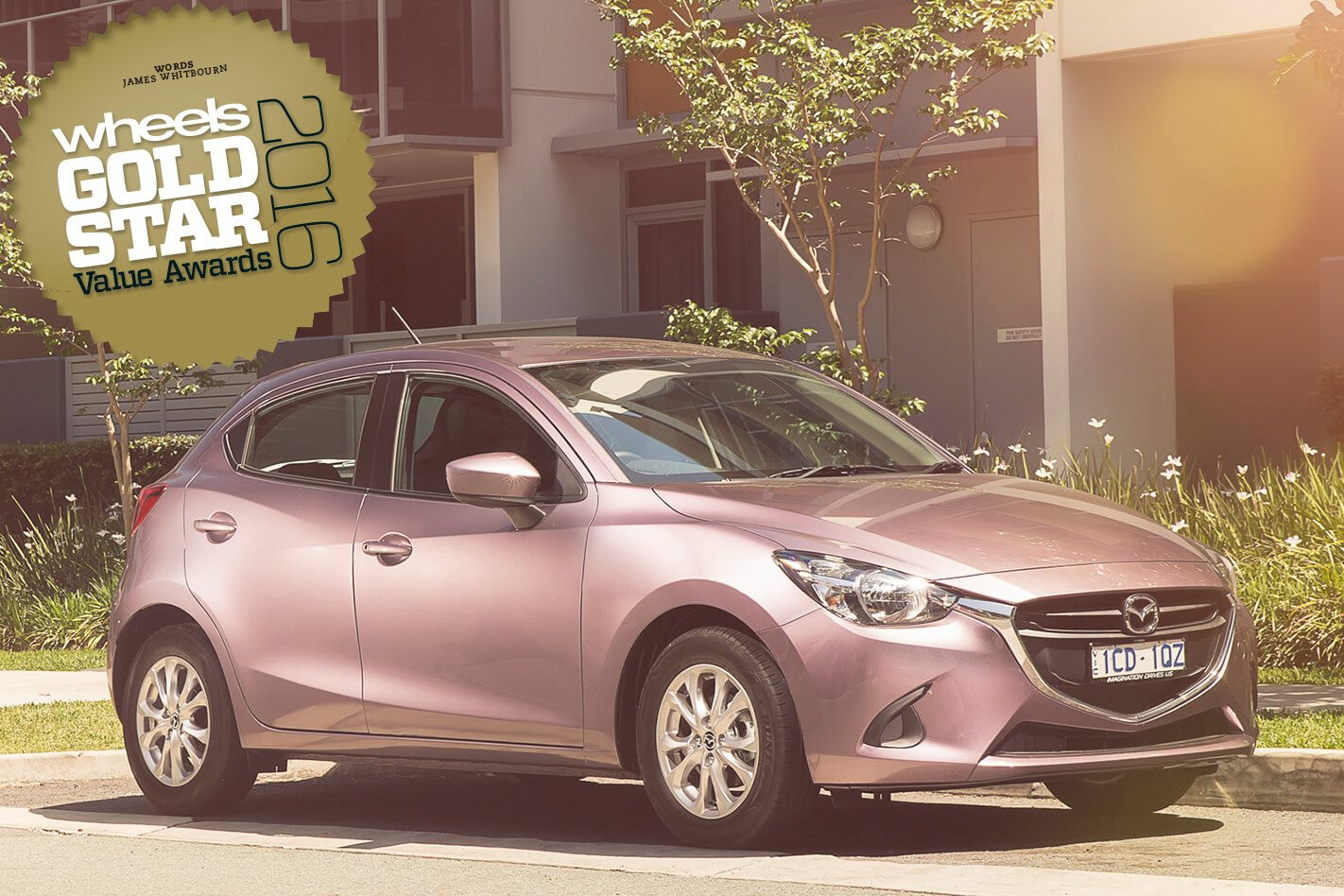 LIGHT CARS $17K to $25K
LIGHT CARS $17K to $25K
Mid-range light cars come with creature comforts that initially cost more but help retain value.
View the results
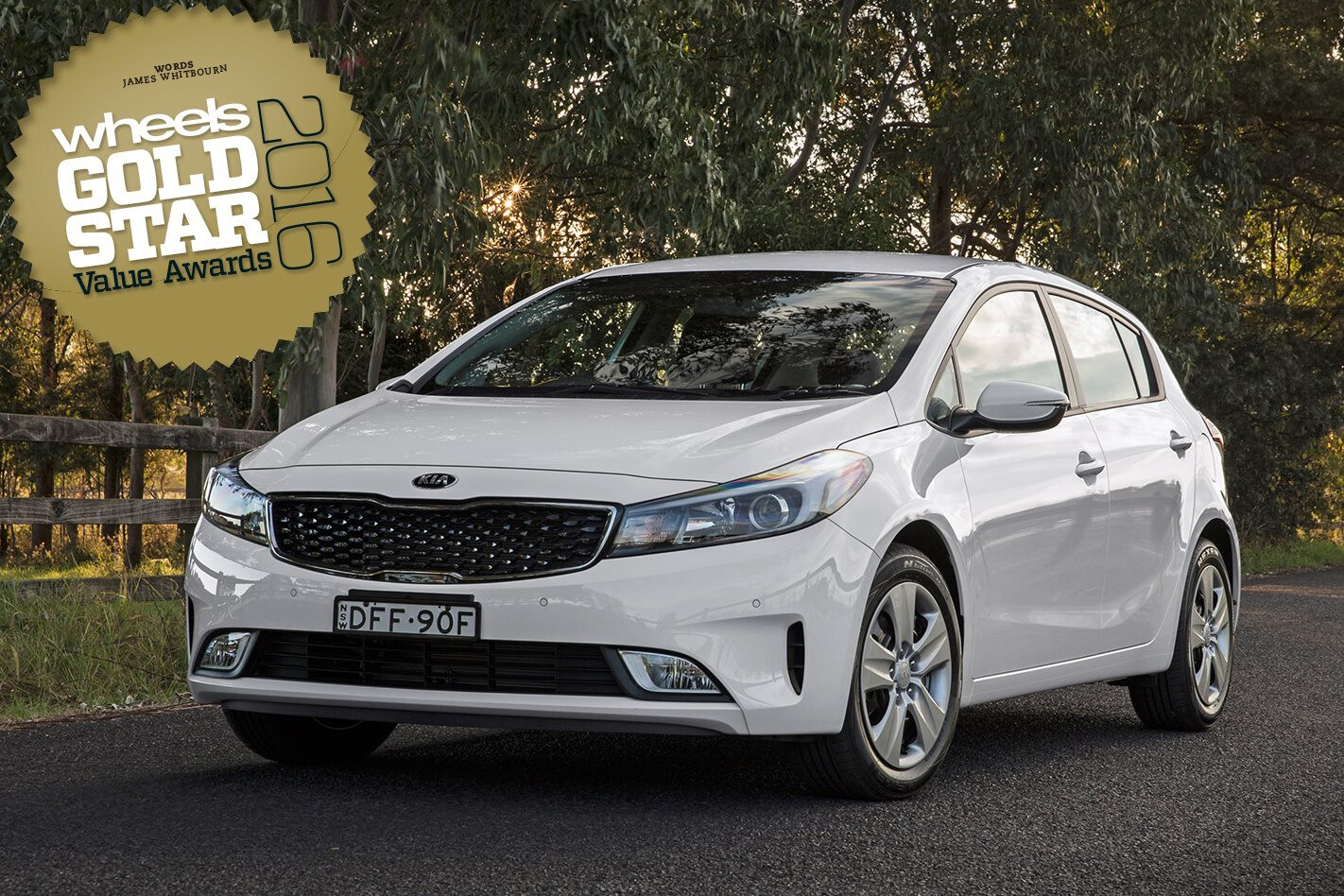 SMALL CARS under $24K
SMALL CARS under $24K
In this hotly contested category it pays to have an economic edge.
View the results
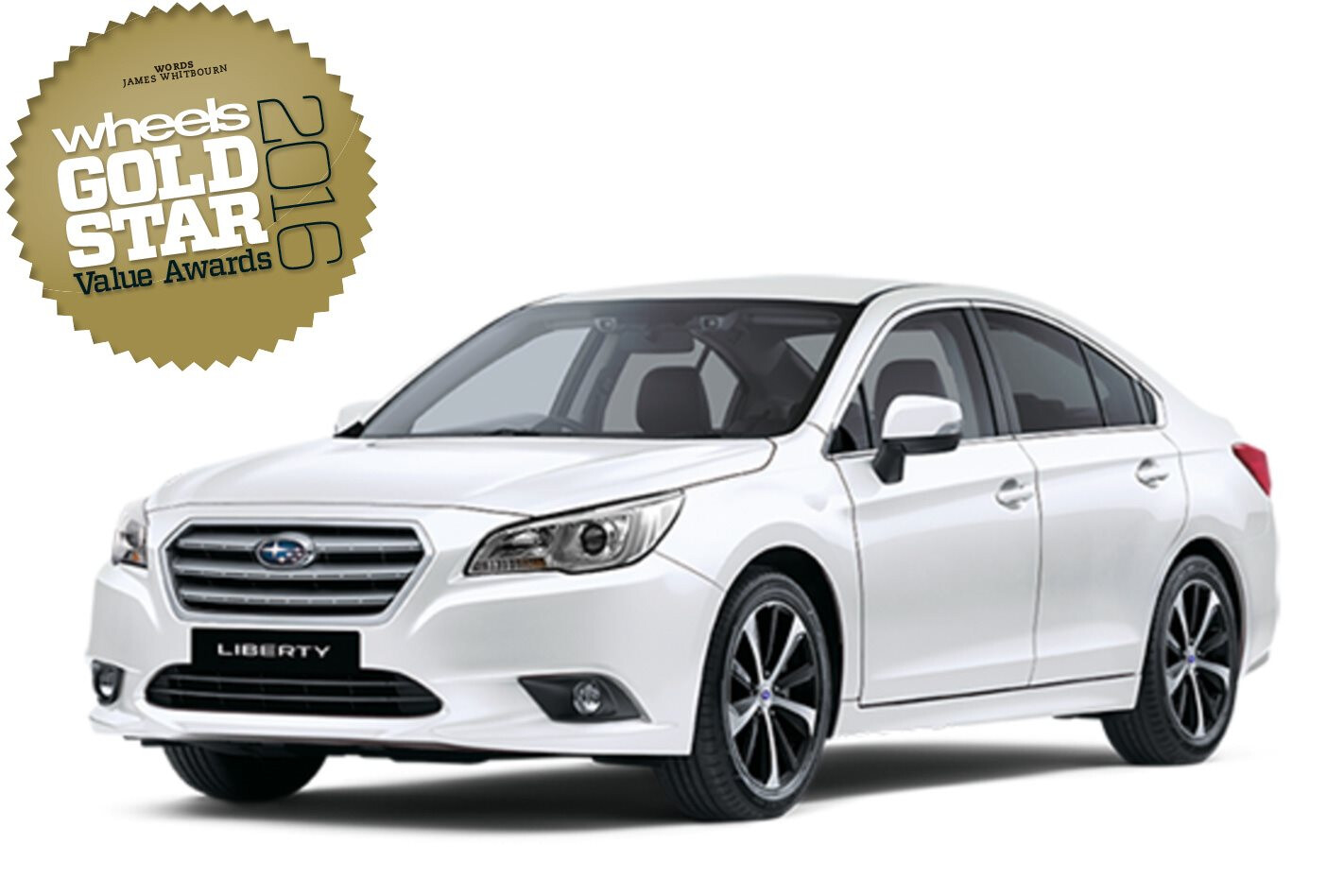 MEDIUM CARS under $45K
MEDIUM CARS under $45K
This segment shows how sensible choices need not be boring.
View the results
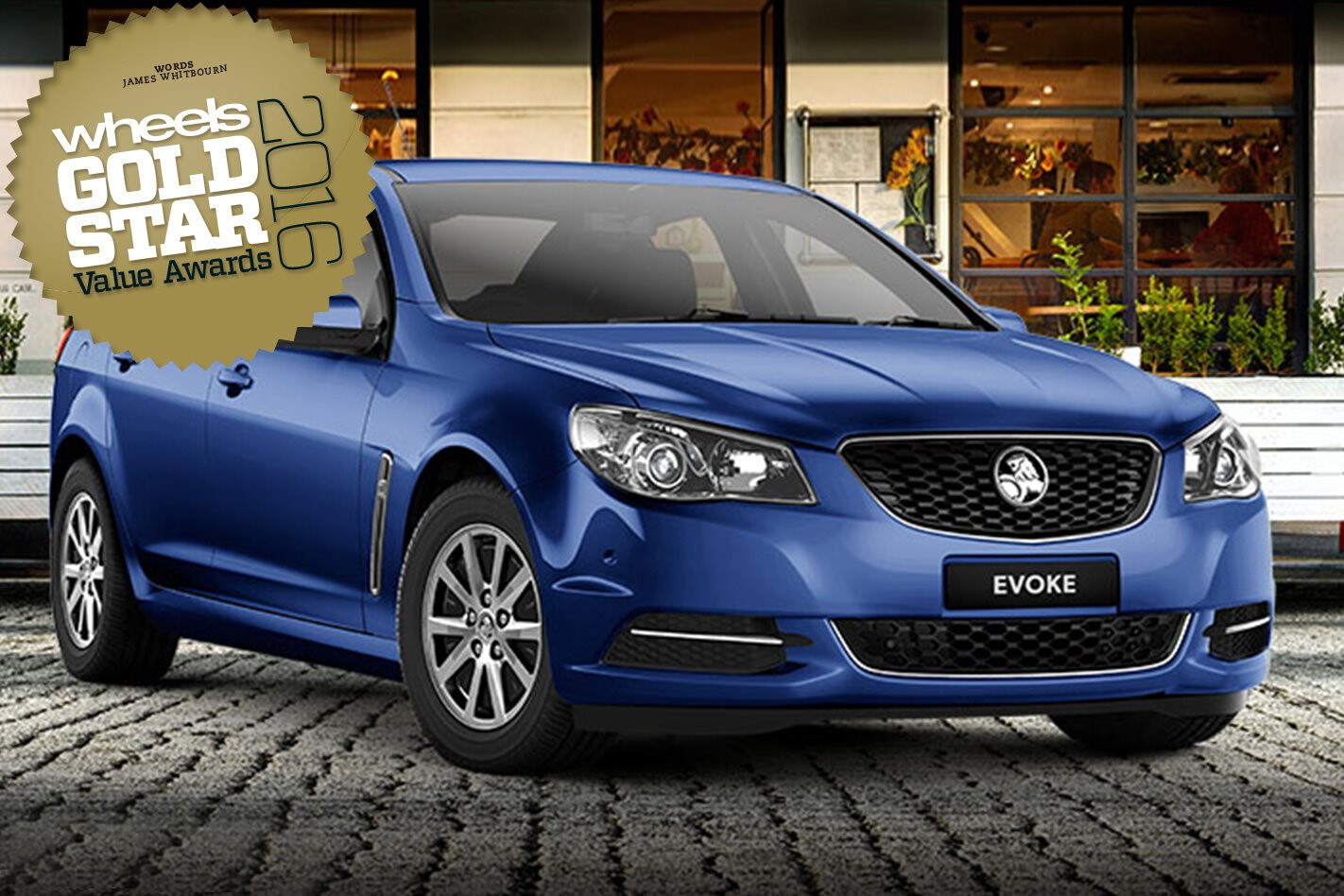 LARGE CARS under $45K
LARGE CARS under $45K
Economical engines have helped large cars avoid becoming instant money pits.
View the results
 LARGE CARS $45K to $65K
LARGE CARS $45K to $65K
Cars at this level need to tick a few boxes to deliver on value.
View the results
 PREMIUM COMPACT CARS under $50K
PREMIUM COMPACT CARS under $50K
These three compact cars, Audi A1, Mini Cooper and the BMW 118i, will give you greater economy in a nifty city-car size, with a touch of class.
View the results
 PREMIUM MEDIUM CARS $45K to $60K
PREMIUM MEDIUM CARS $45K to $60K
Depreciation takes its toll on otherwise excellent cars.
View the results
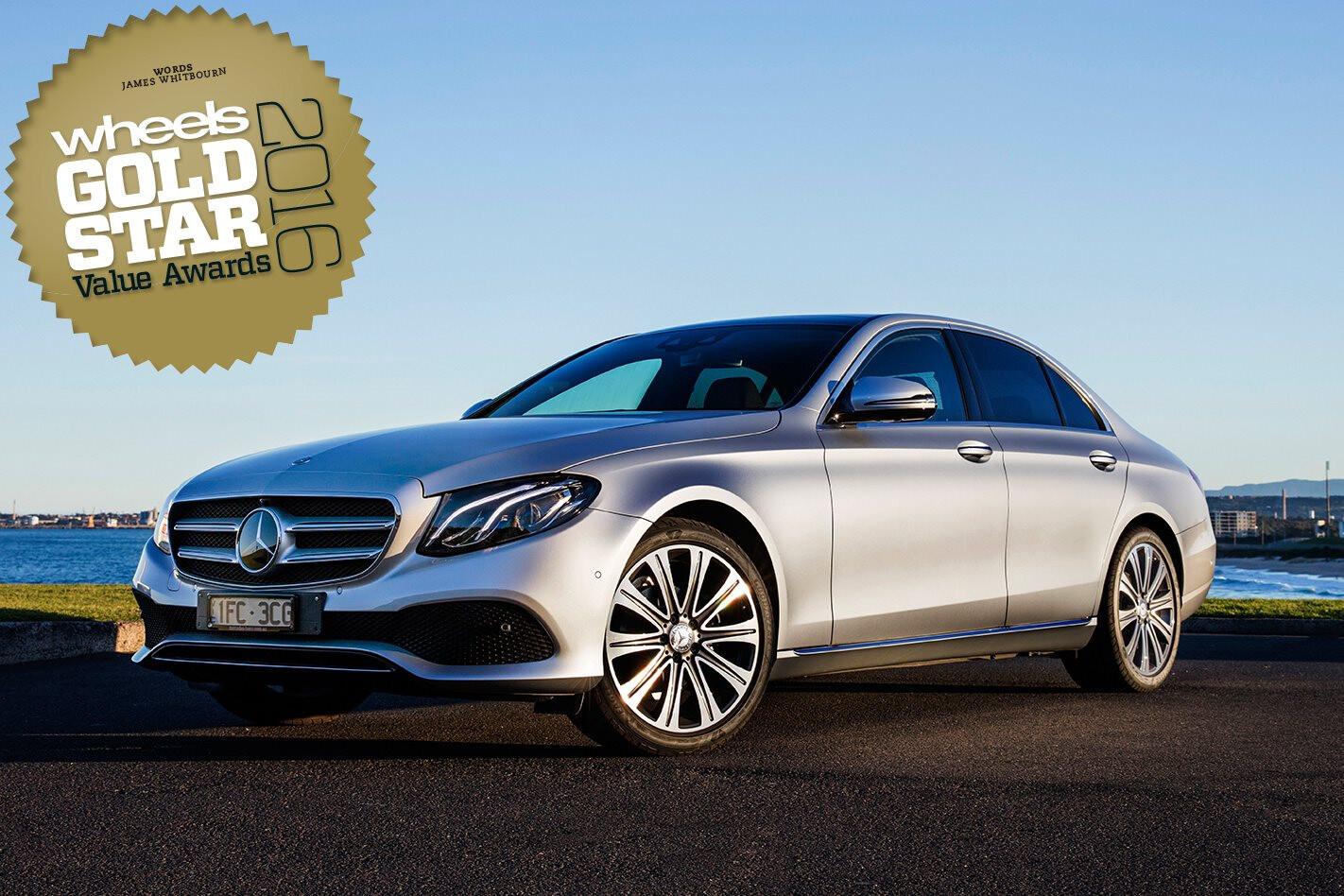 PREMIUM LARGE CARS
PREMIUM LARGE CARS
Gone are the days when big luxury cars were all gas guzzlers.
View the results
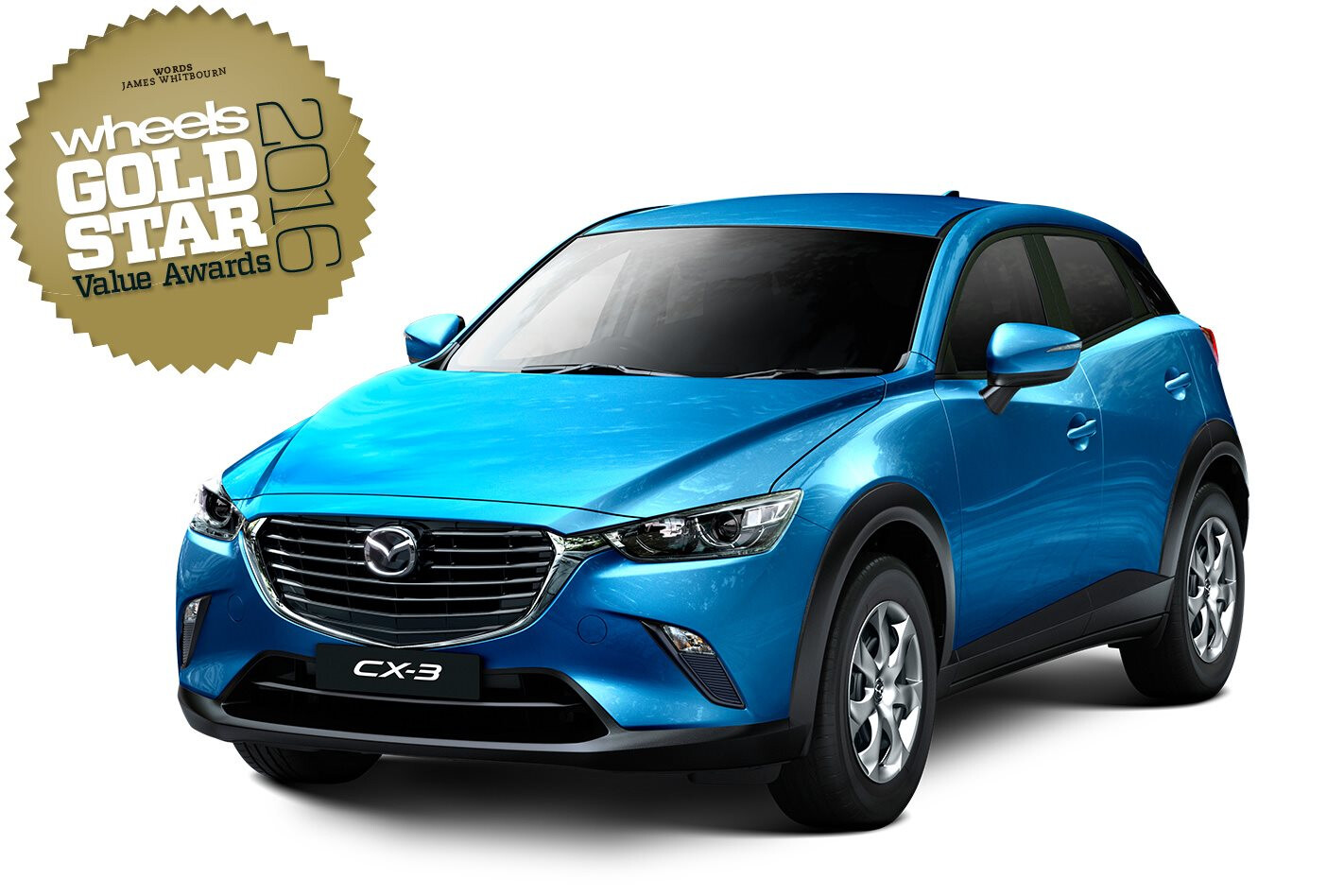 CITY SUV
CITY SUV
Mazda has a firm stake at the top of this rapidly growing category.
View the results
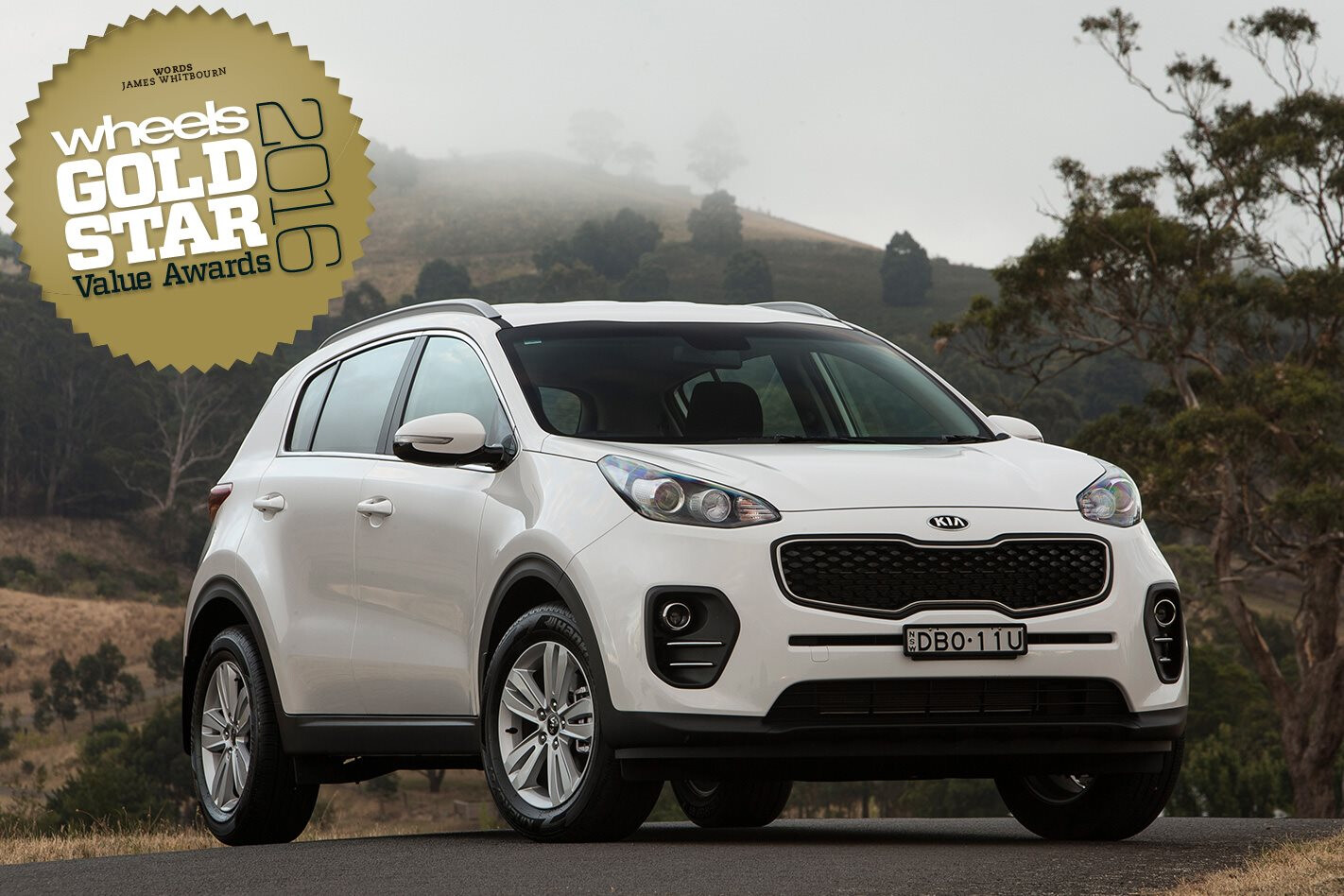 MEDIUM SUV under $45K
MEDIUM SUV under $45K
If you want the space of an SUV, without the premium price tag, then check out the Kia Sportage, Mazda CX-5 and the Hyundai Tucson.
View the results
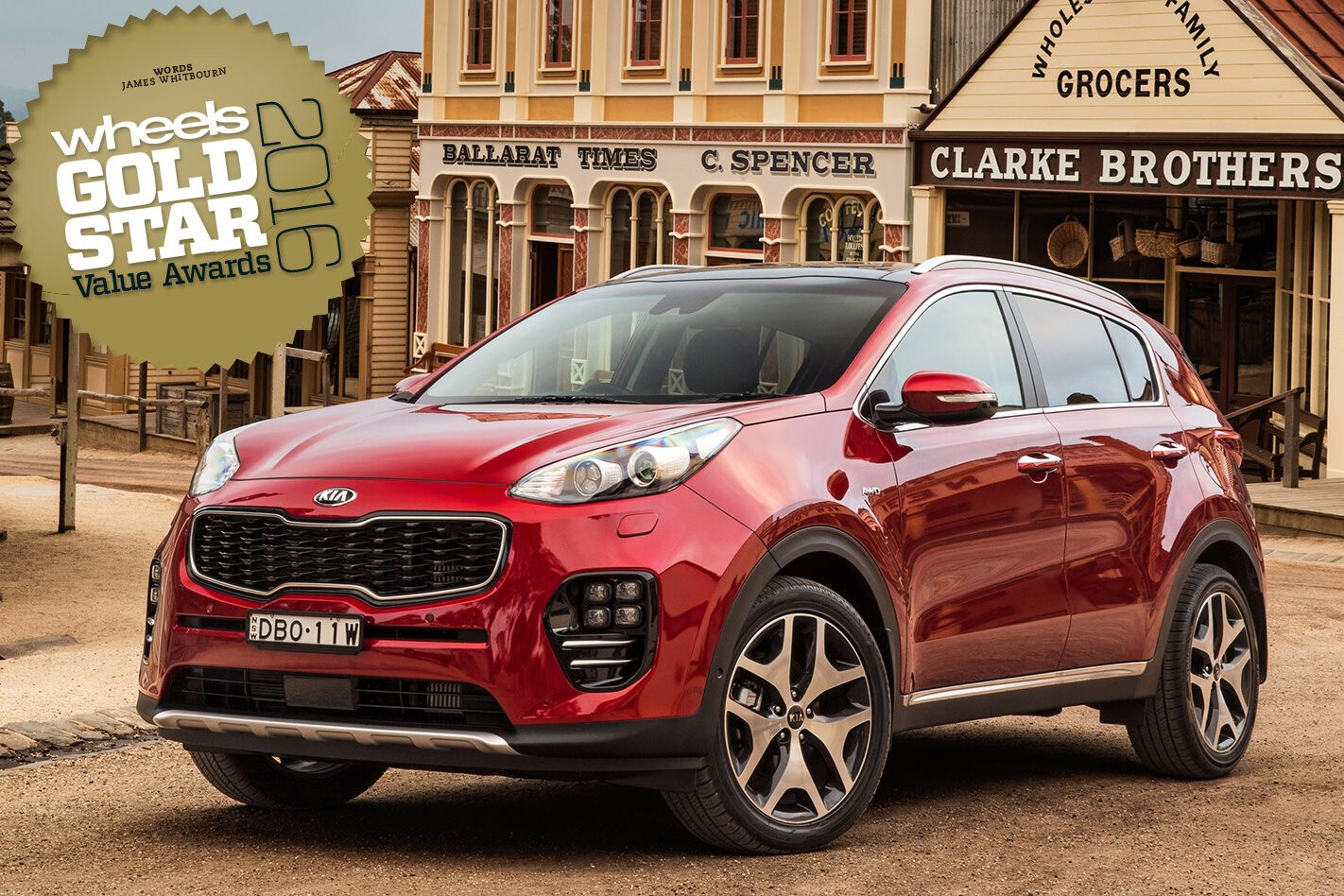 MEDIUM SUV $45K to $65K
MEDIUM SUV $45K to $65K
If you want it all: the label, the space, and all the tackle then the Kia Sportage, Hyundai Tucson and Range Rover Evoque are worth a look.
View the results
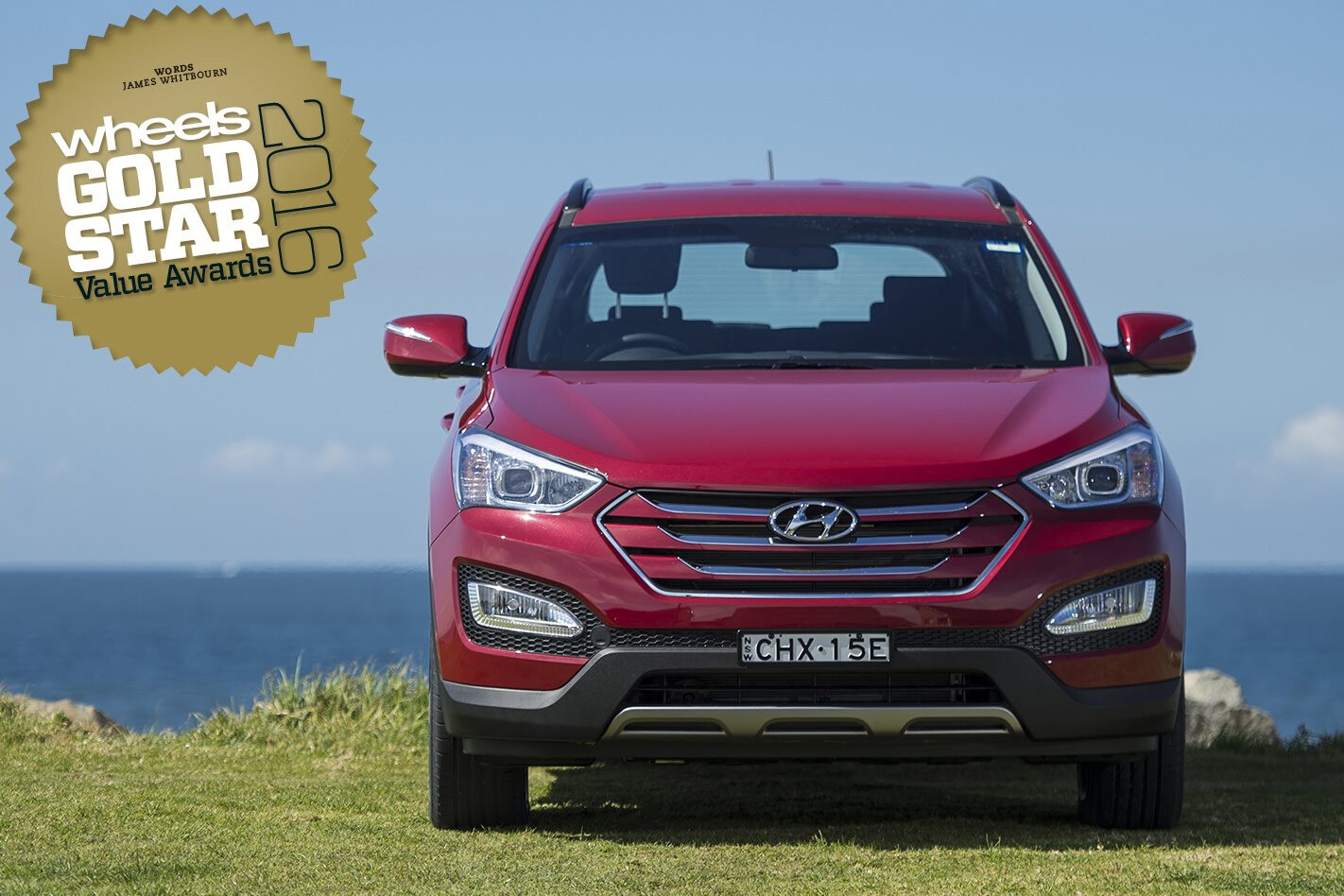 LARGE SUV/4WD
LARGE SUV/4WD
A large SUV or 4WD is a great solution for those with a sense of adventure.
View the results
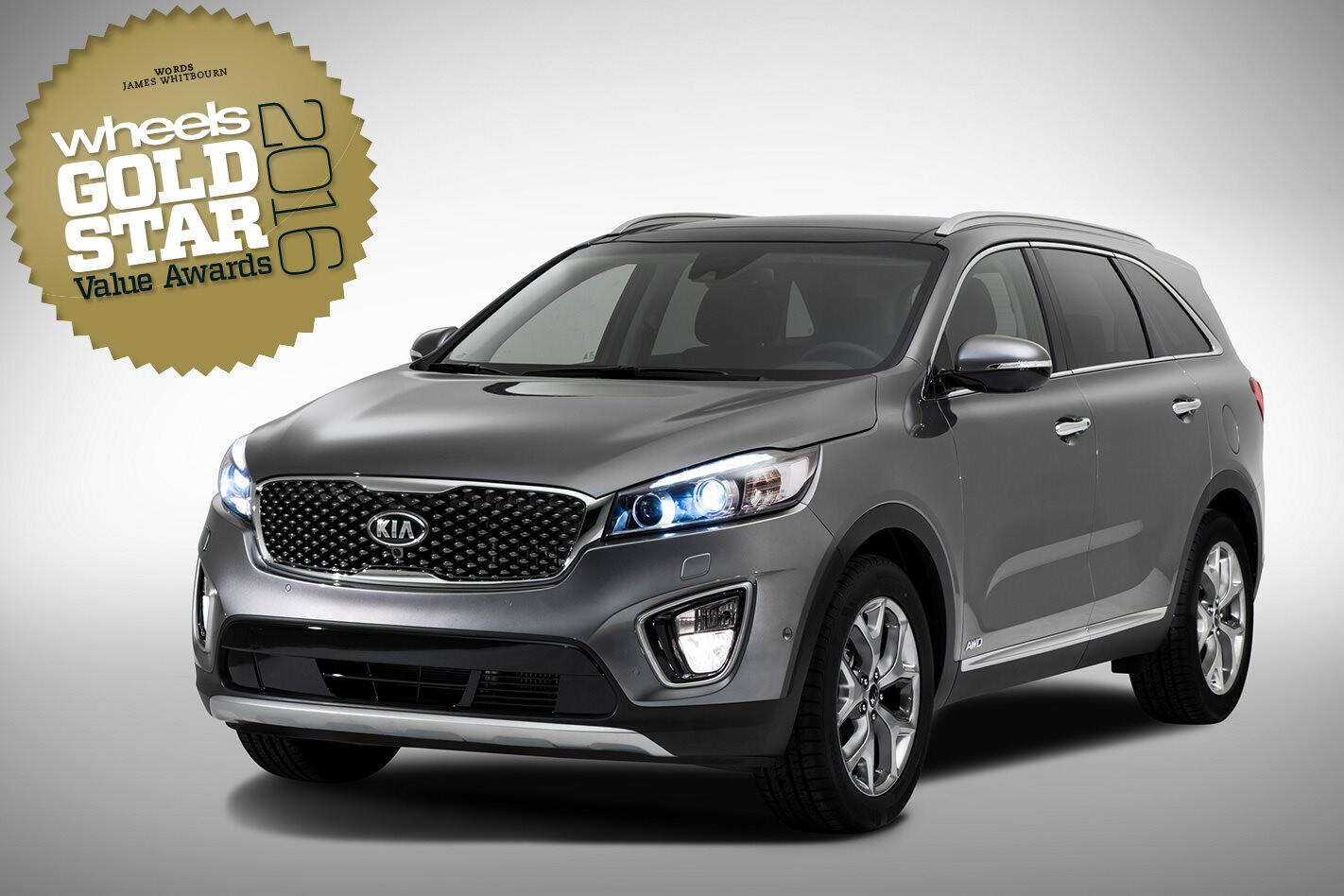 MEDIUM SUV 7-seater
MEDIUM SUV 7-seater
An SUV that’s nimble enough to traverse the city-scape, but with added utility.
View the results
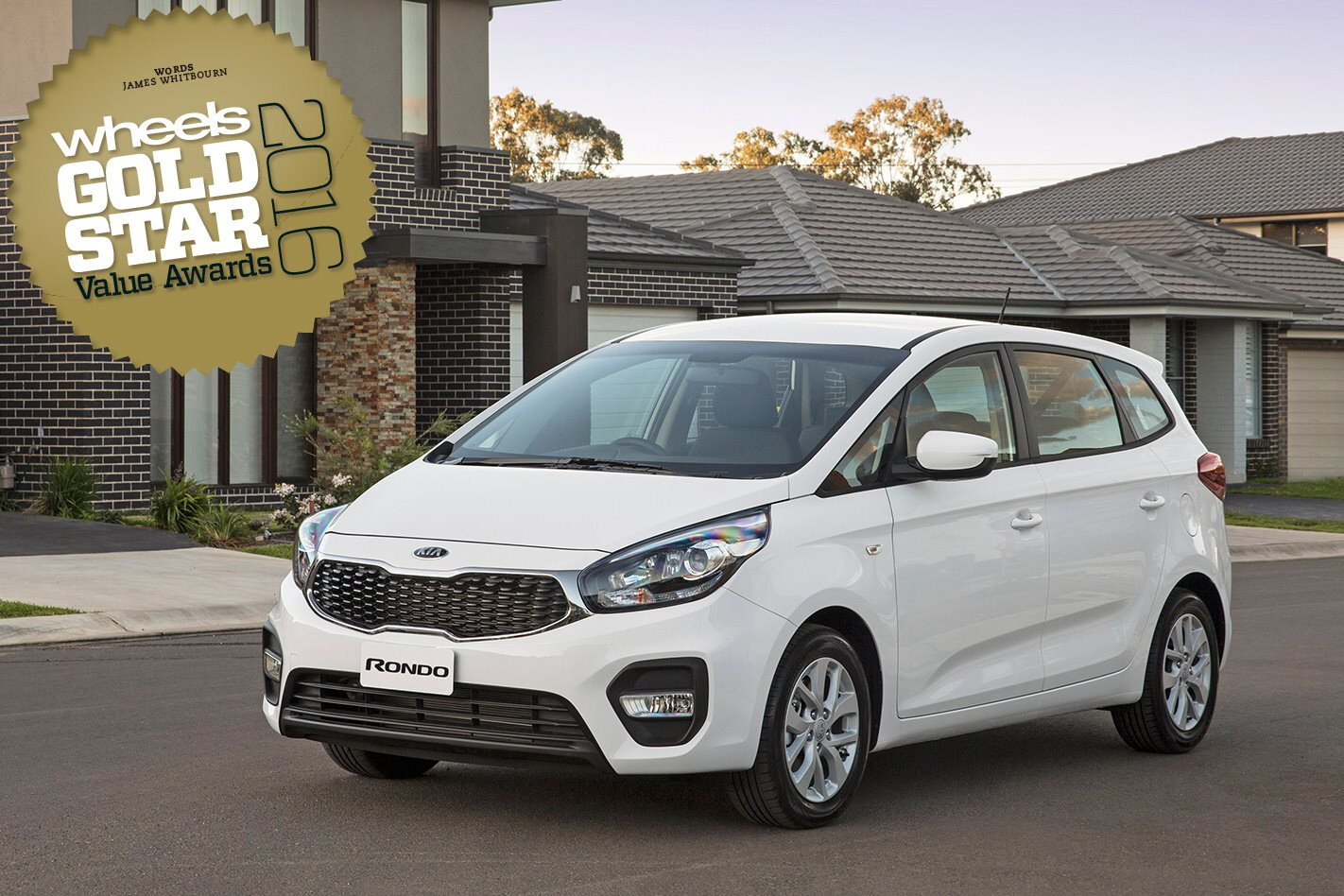 PEOPLE-MOVERS under $60K
PEOPLE-MOVERS under $60K
For moving the family on a budget. Introducing the Kia Rondo Si, Citroen C4 Picasso, and Kia Carnival S.
View the results
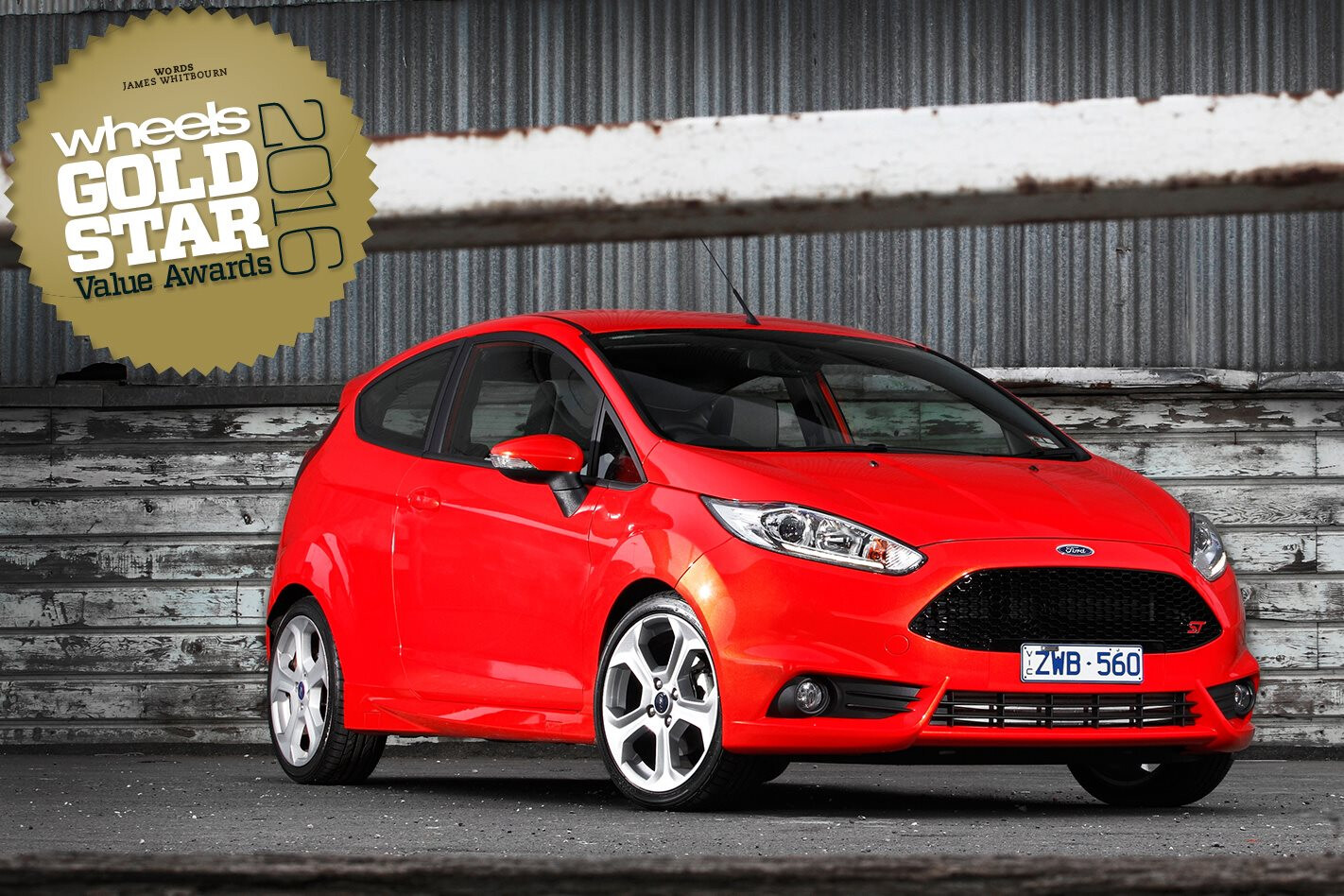 PERFORMANCE under $75K
PERFORMANCE under $75K
Hair raising performance doesn’t have to empty your wallet. Get the best bang for your buck from the Ford Fiesta ST, Mazda MX-5, and Renault Clio RS200.
View the results
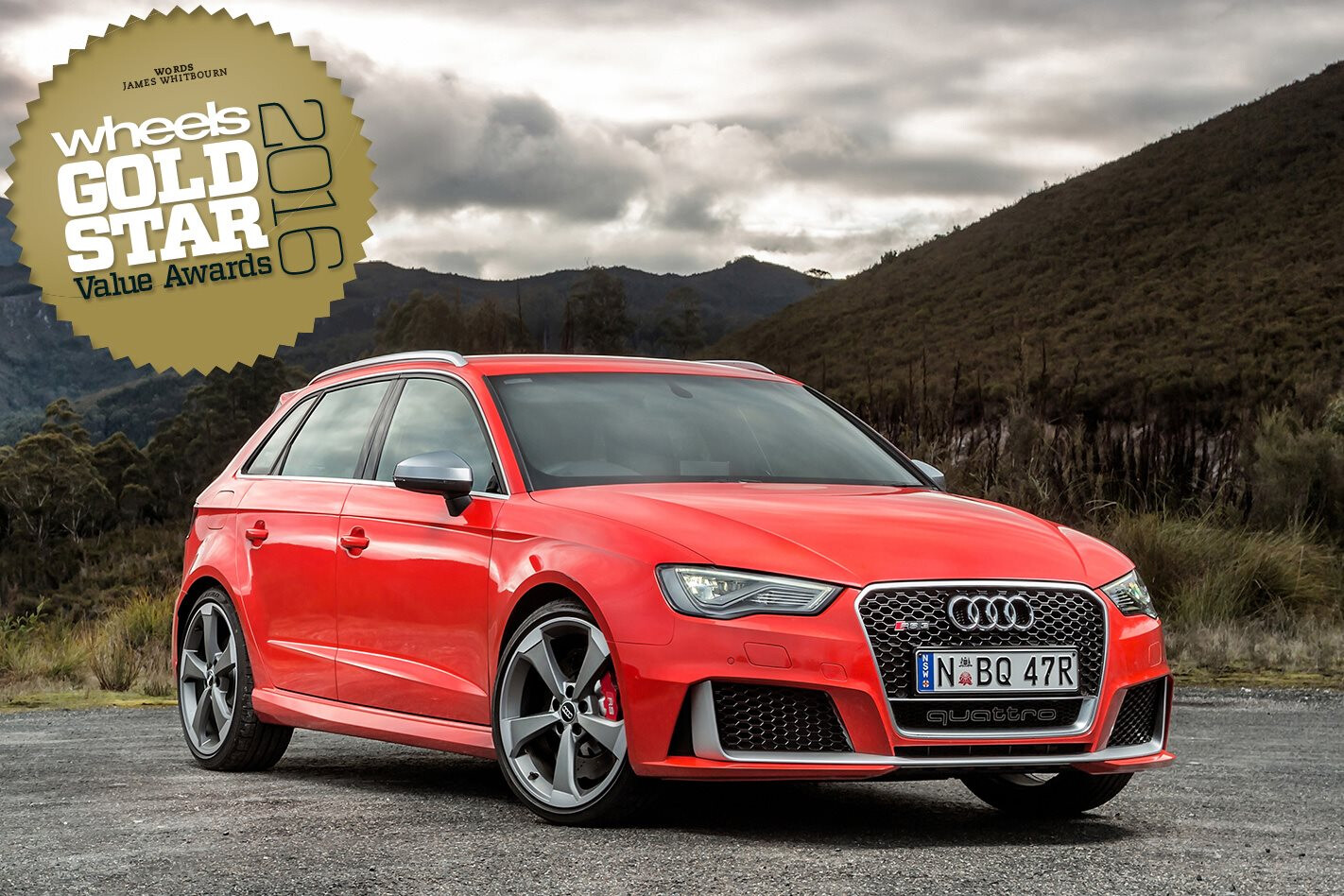 PERFORMANCE $75K to $150K
PERFORMANCE $75K to $150K
Don’t hurt your wallet just for some cheap thrills. The Audi RS3, Lotus Elise S, and Alfa Romeo 4C will tickle you in the right spots without breaking the bank.
View the results
 CONVERTIBLES under $60K
CONVERTIBLES under $60K
Drop the top, and drop the costs. Introducing the Fiat 500C Pop, Fiat Abarth 595C, and Citroen DS3 DSport.
View the results
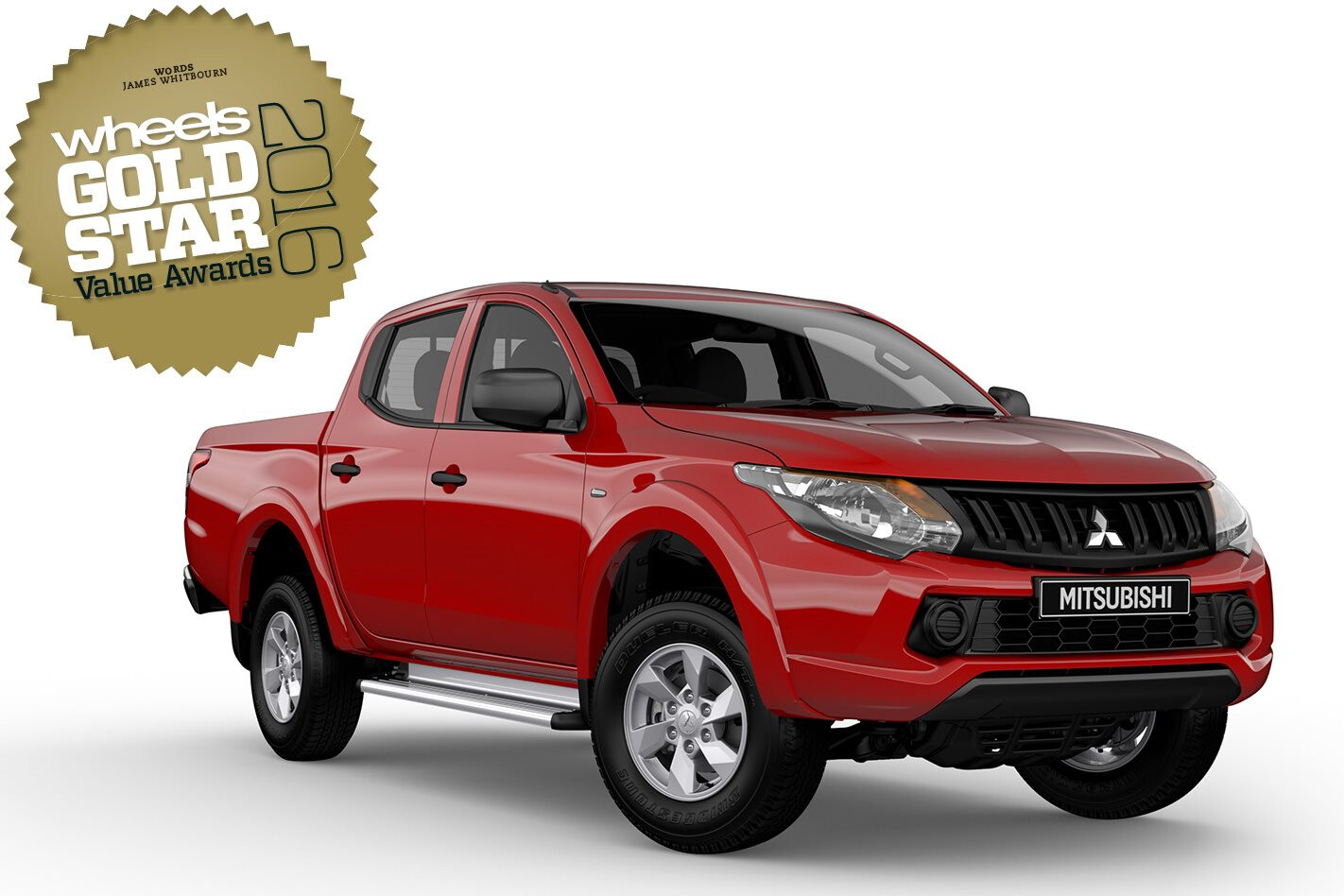 DUAL-CAB 4×4 UTES
DUAL-CAB 4×4 UTES
A ute for the frugal tradie. Here we have the Mitsubishi Triton GLX, Ford Ranger XLS, and Toyota Hilux Workmate.
View the results
GOLD STAR CRITERIA
Depreciation
The biggest cost of ownership for most new cars. Of the 2000-plus cars number-crunched, Glass’s three-year retained value figures ran from 33 percent on a base model Toyota Aurion to 69 percent on another Toyota, the Landcruiser GXL.
Insurance
Comprehensive insurance quotes obtained online from AAMI for a 35-year-old male living in Chatswood, NSW, Rating One for life, no finance, private use.
Fuel
Annual fuel cost was calculated on ADR combined-cycle consumption figures – not real-world, but a good base for comparison. Annual distance travelled is taken as the ABS Australian average of 14,000km, and fuel prices on the day were used.
Purchase price
Most new-car buyers set out with a budget in mind, so the survey is divided into price brackets. The real cost of owning the car is depreciation, which is where purchase cost comes into our value analysis.
Real cost
It’s relatively easy to put a representative number on the three-year cost of depreciation, fuel and insurance, so the total of these running costs equate to 80 percent of a car’s score.
Service
Widespread fixed- or capped-price servicing schemes would make it possible to compare car servicing costs, but for the fact they’re not universal. We can score service intervals; a longer interval may result in less expense and it will certainly be more convenient, so it takes the maximum 10 points.
Warranty
If nothing else, a seven-year warranty gives greater peace of mind compared with a three-year warranty. However, it’s impossible to put a hard cost on what an extra-long warranty is worth; it only translates into cash if something goes bang and is fixed without cost. Warranty accounts for 10 points of 100.
Stay tuned as we reveal more of Australia’s Best Value Cars each day.

